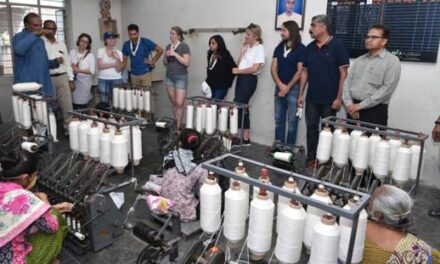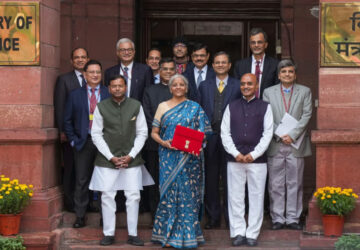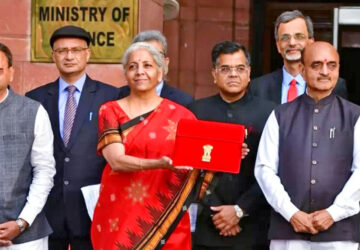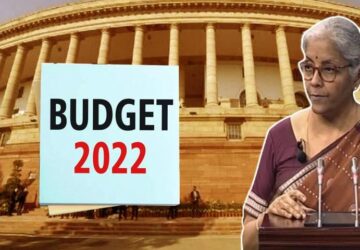
Reacting to August, 2018 trade data, FIEO President, Ganesh Kumar Gupta said that consecutively for fourth month in a row exports have shown a higher double-digit growth of 19.21 per cent, however the rate of growth during the month has shown an upward trend as compared to previous month with an increase of about 5 per cent. Though some of the MSME sectors of exports have come into positive territory including gems & jewellery, leather & leather products, cotton yarn/fabs/made-ups, handicrafts excluding handmade carpet and some of the agri-products but others such as plantations, marine products, RMG of all textiles, jute manufacturing including floor covering are still in negative territory or have shown negative growth during the month.
Ganesh Kumar Gupta said that the main reason behind the impressive growth shown by gems and jewellery exports have been the increased import of gold and pearls, precious & semi-precious stones. Some of the small and micro sectors of exports are still reeling under pressure because of the liquidity crunch as banks and financial institutions have continuously been tightening their lending norms and ITC refund for exports still poses a challenge, said President FIEO.
FIEO Chief added that significant contribution in the growth was made by engineering, petroleum, gems & jewellery, organic & inorganic chemicals, drugs & pharmaceuticals, electronic goods and plastic & linoleum sectors of exports, as they were not only in positive but has also helped the exports sector to continue on its higher double-digit growth trajectory in these difficult times. Only 17 out of 30 major product groups were in positive territory during August, 2018.
FIEO President once again reiterated his concern on the rising trade deficit, primarily on account of swelling of crude imports bill due to rising global oil prices and higher gold import, which has further added pressure on Indian Rupee. Though the Rupee depreciation has given some edge to Indian exports as Rupee is one of the worst performing currency in Asia in the current fiscal, yet its impact has varied from one sector to the other.














